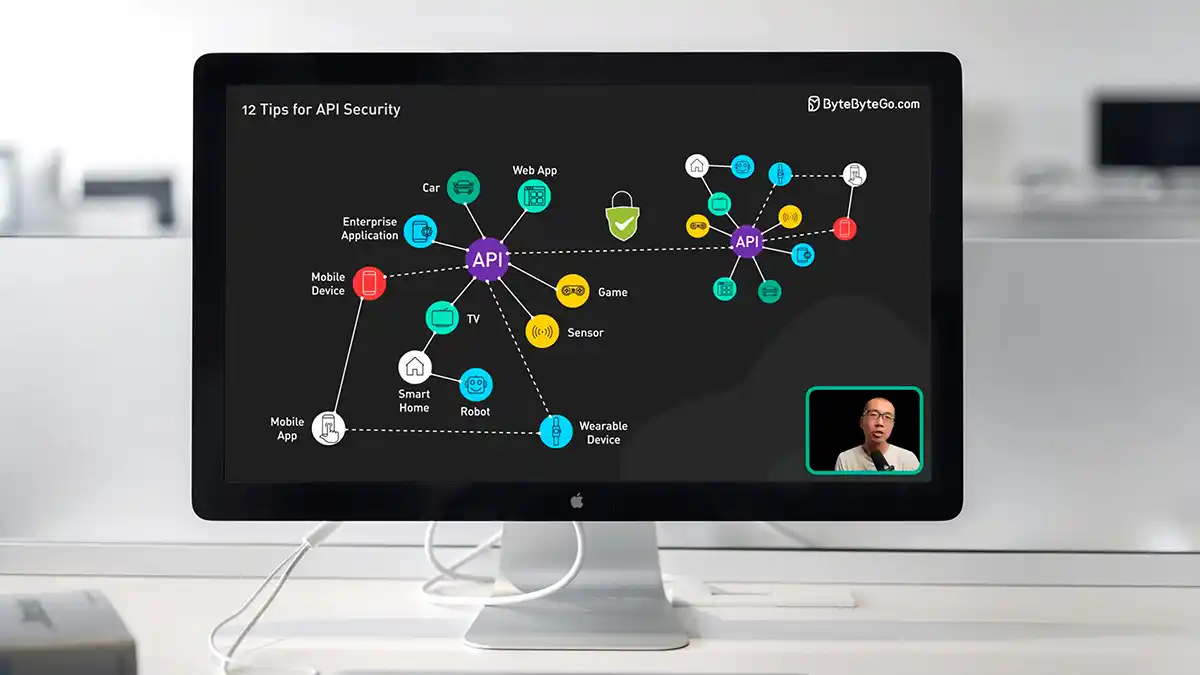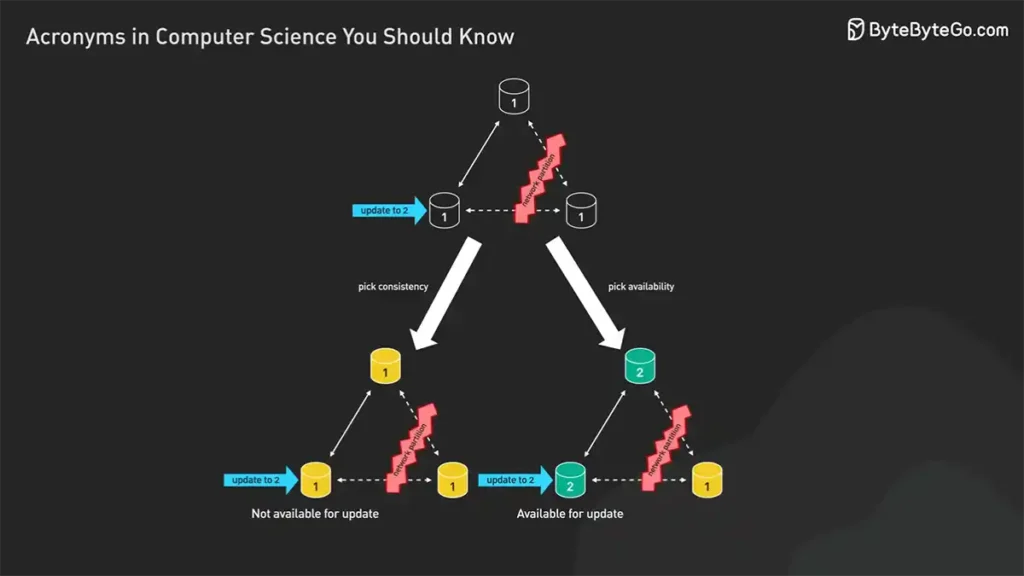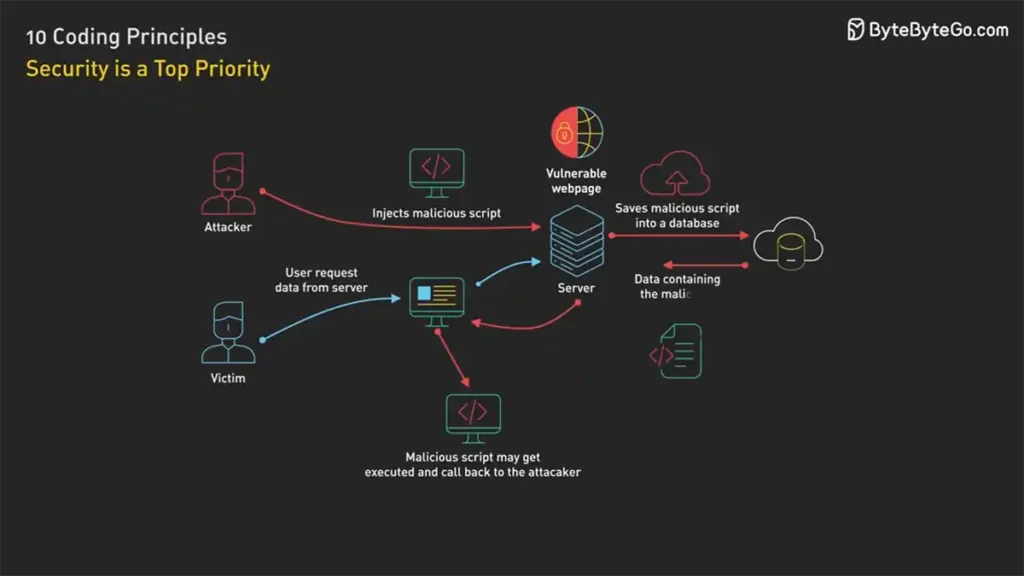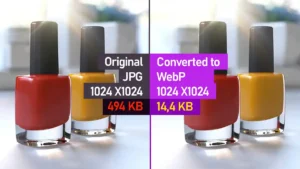Graphic Design and ByteByteGo: Simplifying Complex Concepts
 Crédito: Format / pexels
Crédito: Format / pexels Graphic design and ByteByteGo share a common mission: to visually communicate complex concepts clearly and effectively. In the field of technology education, where programming languages can seem abstract and difficult to understand, graphic design stands out as an essential tool.
Moreover, it’s not just about making things look attractive, its fundamental purpose is to translate ideas, messages, and information into visual representations that are easy to grasp.
ByteByteGo, a technology-focused educational platform, perfectly exemplifies this application. By strategically using graphic design, ByteByteGo transforms technical topics into accessible content, simplifying the understanding of workflows and combinations of programming languages.
Data visualizations, especially animated infographics, are one of the main tools used to illustrate and clarify processes that would otherwise be difficult to visualize.
The Evolution of Graphic Design in Technology Education
The art of visual communication through graphic design has evolved significantly over the years. Particularly in the field of technology education, with the advancement of design tools, it has become possible to create increasingly sophisticated data visualizations.
These visualizations not only capture the audience’s attention but also convey complex information clearly and concisely.
Storytelling, or visual narrative, has also gained prominence as a powerful strategy to engage learners. This approach makes it easier to assimilate technical content by explaining complex concepts in a linear and engaging manner, using images and graphics to guide the user through the content. Therefore, storytelling works like a story that unfolds visually.
In today’s job market, professionals who master graphic design and apply this knowledge in creating educational materials have a significant competitive advantage.
ByteByteGo exemplifies this trend by using graphic design to transform how we learn, making complex topics more accessible and better preparing professionals for the challenges of the market.
The Connection Between ByteByteGo and Graphic Design

What makes ByteByteGo a reference in technology education is how it employs graphic design. Instead of relying solely on long, didactic texts, the platform uses visual elements to explain complex concepts. Animated infographics, for example, are crucial for demonstrating how different software components interact.
This visual approach not only makes learning more intuitive but also engages the audience more effectively. IT professionals, who often need to deal with complicated workflows, find ByteByteGo a valuable resource. This is because the platform transforms abstractions into visual reality.
This innovative use of graphic design ensures that the message is communicated clearly and effectively, showcasing the power of graphic design in modern education.
Simplifying Technology with Visuals
Translating programming languages into a visual format is a challenging task. However, ByteByteGo excels in this area. Graphic design is used to create diagrams and schematics that illustrate how different languages and technologies can be combined to achieve a specific goal.
These data visualizations help break down complex processes into digestible steps, making learning more accessible.
For instance, when explaining how different programming languages work together to develop a complete application, ByteByteGo uses graphics that show the flow of data and the interaction between components.
This not only facilitates understanding but also helps professionals visualize the practical application of the knowledge gained. Thus, using graphic design to create these visual representations highlights the crucial role of graphic design in technology education.

The Impact of Graphic Design on Technical Education
The use of graphic design in technology education is not just a trend, it’s a necessity. With the increasing complexity of technologies, it’s crucial that professionals have access to resources that facilitate understanding.
ByteByteGo, by utilizing infographics and other visual tools, is at the forefront of this educational transformation.
These resources not only improve knowledge retention but also encourage practical application. As a result, they enable IT professionals to better understand how their choices of language and tools impact the final outcome of their projects.
Thus, technology education, driven by graphic design, is redefining how we learn and apply knowledge in technology.
The Future of Education: Graphic Design at the Forefront
The future of education is intrinsically linked to the evolution of graphic design. As new tools and techniques emerge, the ability to transform abstract concepts into concrete visual representations will become increasingly crucial. ByteByteGo is at the forefront of this revolution, using graphic design to communicate complex concepts clearly and effectively.
However, it’s important to remember that the ultimate goal of graphic design in education is not just to impress visually, but to communicate effectively. By doing so, it ensures that students understand and apply knowledge practically in their careers.
Data visualization and storytelling will continue to play vital roles in technology education, and ByteByteGo will remain an example of how to use these tools to achieve educational success.
How ByteByteGo Stands Out in Visual Teaching
ByteByteGo stands out not only for the content it offers but for the way this content is presented. The platform’s unique approach, combining graphic design with visual pedagogy, creates a dynamic and efficient learning experience.
The graphics are not merely illustrative, they are an integral part of the teaching process, helping to build a solid understanding of the topics covered.
The success of this approach is evident in how technology professionals absorb and apply the knowledge gained. By transforming abstract concepts into tangible data visualizations, ByteByteGo not only makes learning easier but also prepares professionals for real-world challenges in the job market.
This demonstrates how the future of education is increasingly tied to graphic design and its ability to communicate visually in an effective manner.
Explore how ByteByteGo uses powerful visual tools to simplify complex tech concepts. Visit their site today and enhance your learning experience.
Frequently Asked Questions
What exactly does a graphic designer do?
A graphic designer creates visual solutions to communicate messages. This includes developing layouts, designing logos, creating infographics, and other visual elements that help convey information effectively.
What are the 7 types of graphic design?
The seven main types of graphic design are: visual identity design, marketing and advertising design, interface design, publication design, packaging design, motion graphic design, and environmental design.
Is graphic design good money?
Yes, graphic design can be a lucrative career, especially for those with advanced skills and experience in specialized areas like user interface (UI) design or animation.
Is graphic design a good career?
Graphic design is a solid career with numerous opportunities across different industries. With the growing demand for visual communication, especially in the digital space, it’s a promising and rewarding field.



